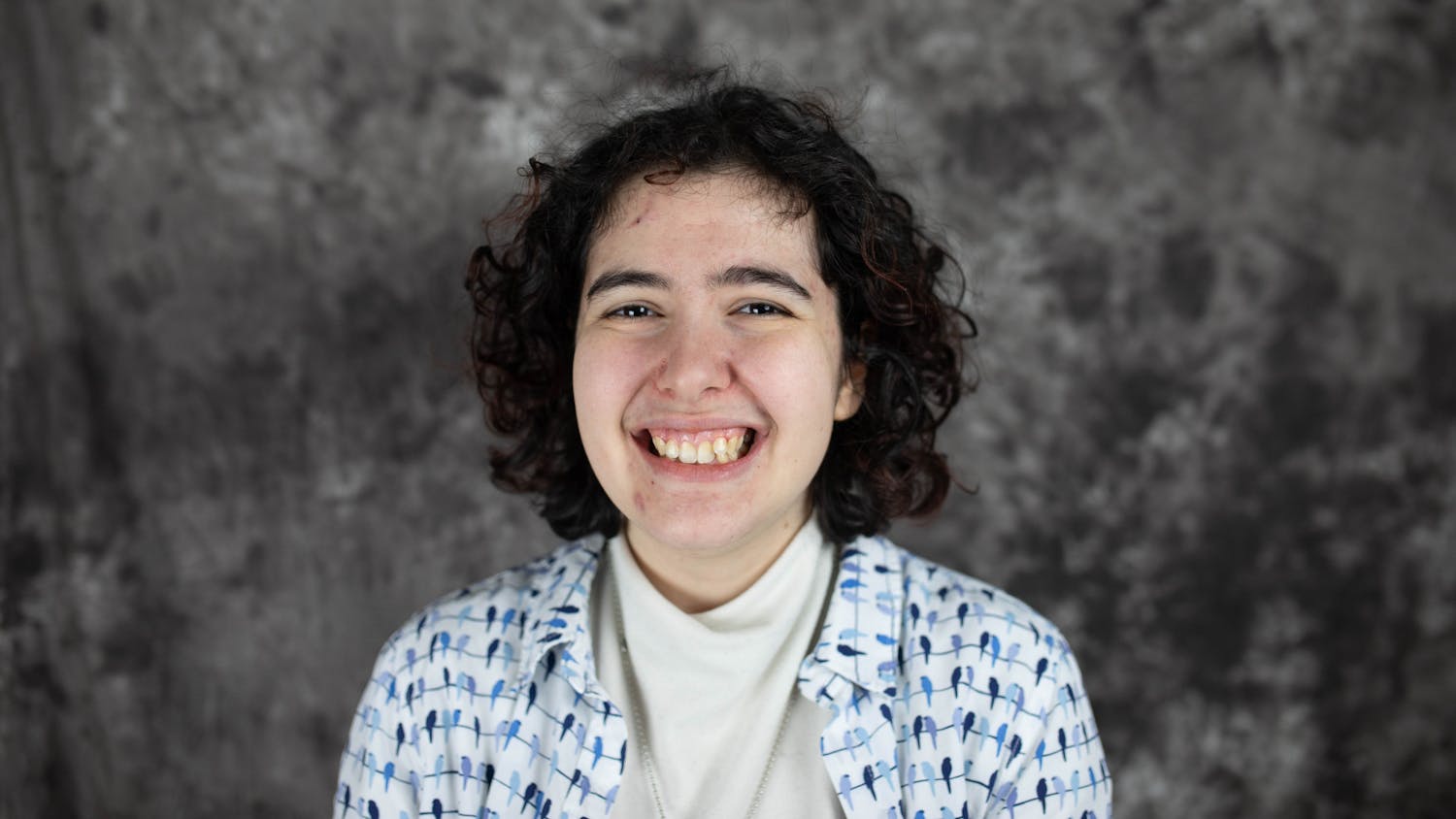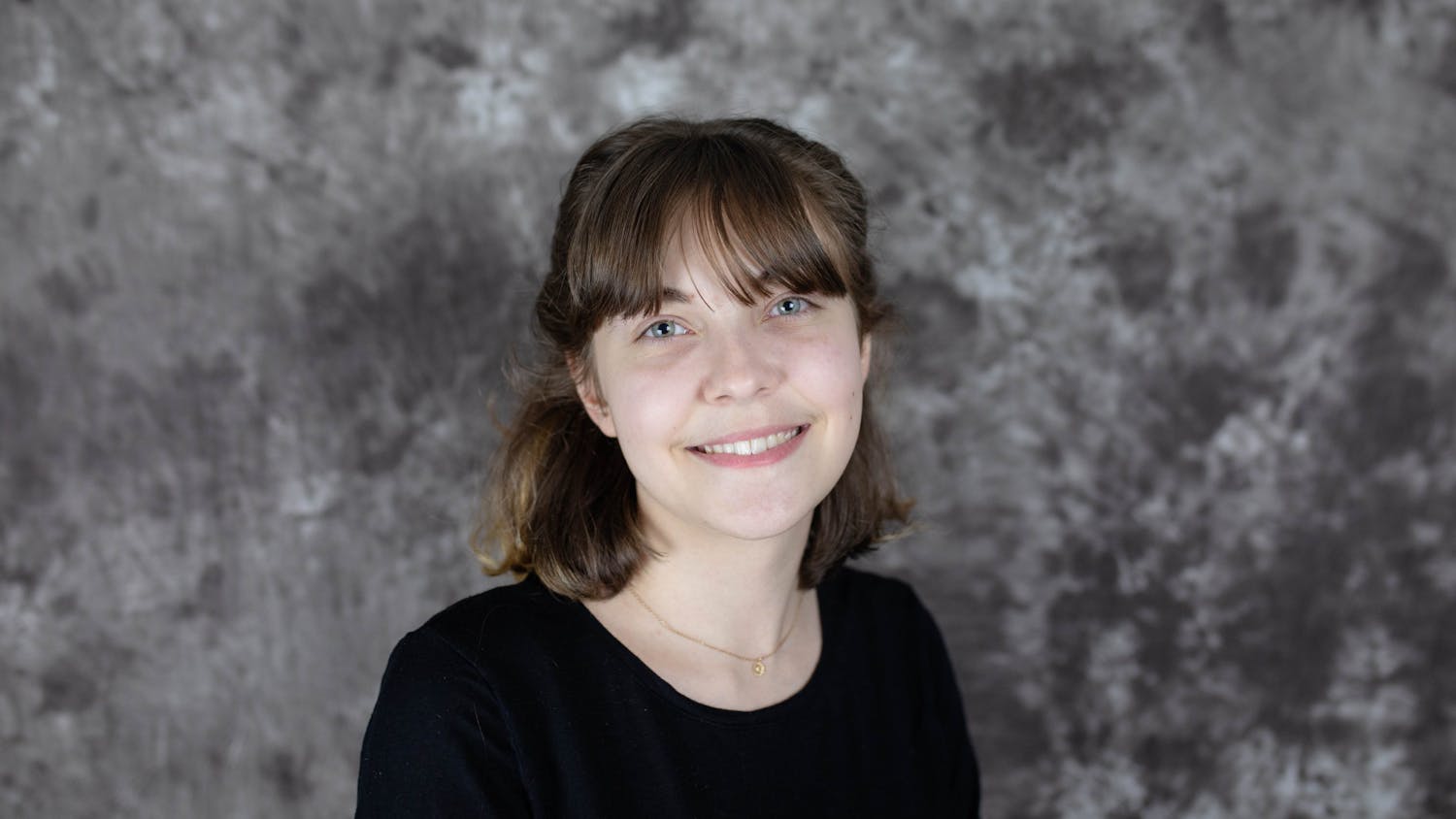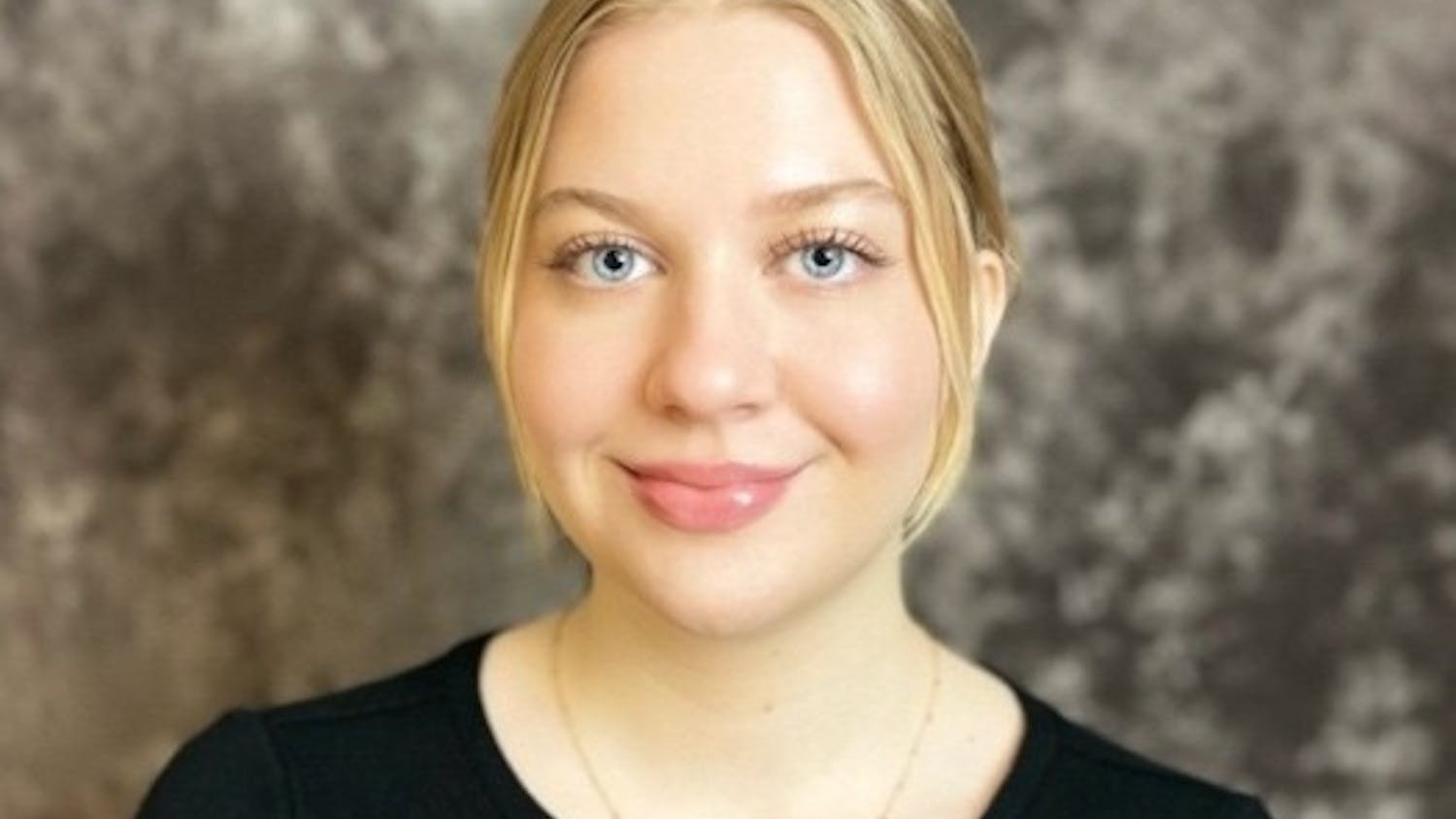Editor’s note: This letter was written in response to an opinion piece entitled “Legitimate arguments based on logic, not disgust” that was published on The Spectrum’s website on Sunday, April 16. The column did not appear in print.
Attention Spectrum editor:
This letter is in response to the recently published opinion piece “Legitimate arguments are based on logic, not disgust” by Emma Janicki. In this piece, Ms. Janicki neglects to convey an accurate picture of what happened at the Created Equal display hosted by Students for Life on Thursday. While we understand that this article was published in the opinion section, it is irresponsible for a reporter to leave out aspects of an event when she publishes about it, even in the opinion section.
In this letter we aim to:
1. provide a balanced picture of what happened at the Created Equal display, by adding onto what was put forward in Janicki’s column; and
2. discuss the problems with Janicki’s statement that “Every person whose [sic] is biologically structured to support a fetus has the right to decide whether or not they’ll [sic] let that bundle of cells become a human child.”
I. Janicki complains that Created Equal’s representatives did not make logical arguments, rather playing upon people’s sense of horror and disgust. She indiscriminately praises abortion rights advocates for attempting to have “intellectual arguments” on Thursday and paints display activists as if they had no logical conversation to put forward. However, she does not include the whole picture.
Each year that the Students for Life have shown images of pre-born victims of abortion, calm and logical discussions between display activists and student passers-by have taken place throughout the course of the event. These conversations are based on logic and scientific evidence from those who study human development (see The Endowment for Human Development at ehd.org).
Many students do not see these discussions happening because they do not wish to. In other words, people have preconceived notions of what is happening and when challenged with new information that contradicts their understanding of anti-abortion activism, their biases get in the way.
Emma Janicki did not report on these discussions although many of them occurred on Thursday because she did not permit herself to hear or see them. She reported on the sights and sounds that she allowed to impact her and to go into her understanding of what anti-abortion displays are. I am not denying that in her account of the display she puts forward actual quotes from the event or that she describes how she perceived actual events. I am merely stating that she has not reported on all that was occurring at the display on Thursday.
Janicki indiscriminately praised abortion rights advocates who gathered on Thursday, forgetting that at many times individual students did not attempt the style of discussion that she values, instead digressing into profanities and/or yelling. Many students either accidentally or purposely brought forth red herrings, or diversionary fallacies that strayed off-topic from the question at the center of the ethics of abortion. That question is: what is the pre-born organism resulting from the human reproductive process?
We must answer this question, and stay on-topic because if the embryonic or fetal organism in question is not a living human than no justification for abortion is necessary, but if that organism IS a living human than no justification for abortion is adequate.
II. Janicki says that “every person whose [sic] is biologically structured to support a fetus has the right to decide whether or not they’ll [sic] let that bundle of cells become a human child.”
Again, the problem here is that Janicki does not give all of the information. To what kind of fetus is she referring? From the text alone, it seems that she is saying that the term “fetus” refers to a particular species that is completely separate from all other species including Homo sapiens. This would be silly, and we do not think that this is what Ms. Janicki really thinks.
In actuality, the term “fetus” refers to a stage of development within the life of a mammalian organism. There are fetal dogs, fetal cats, fetal dolphins, and there are fetal humans.
The human stages of development are: 1. embryo (fertilization-8 weeks after fertilization); 2. fetus (8 weeks after fertilization-birth); 3. neonate or newborn (0-30 days after birth); infant (0 months-12 months after birth); toddler (1-3 years after birth); play age (3-5 years after birth); prepubescent (5-11 years after birth); adolescent (12-19 years after birth); adult (20 years after birth-death). Within these categories are even more specific subdivisions of human development.
You see, development is a process that is always continuing in human organisms. Each individual human is ever changing in that way, yet each has always been contained within the matter structured by his DNA, from the earliest moment of his existence (fertilization). Referring to the chain of developmental stages above, the only one that is not a continuation of an earlier stage is the embryo. This is because an embryonic human doesn’t develop out of an egg or a sperm; rather he or she comes into existence by process of fertilization. There is no human organism without fertilization of a human egg by a human sperm. This event is necessary for all the other stages of development to follow. Thus, an embryonic human will develop into a fetal human, who will develop into an infantile human and so on. This development and maturation of each human (from the process of fertilization) is self-directed from within, entailing continuity of being or existence.
The reason that we know that the “bundle of cells” that Janicki refers to is a fetal human at 8 weeks or older (before that she is an embryonic human), is because she has developed from the fertilization of a human egg by a human sperm. In short, she has human parents and so, must be a human in some stage of development.
This brings up the next point. Janicki states that certain persons have the right to decide whether or not they’ll allow a “bundle of cells” – fetal human – to “become a human child.” The problem here lies with the definition of the word “child.”
The Oxford English Dictionary defines “child” as “an unborn or newly born human being; a fetus, an infant.” Merriam-Webster adds to this definition that the term “child” refers to “a young person especially [not exclusively] between infancy and youth.” Finally, The Oxford English Dictionary includes the definition of “child” as “a son or daughter (at any age); the offspring of human parents” (emphasis added).
Since the fertilization of a human egg by a human sperm results in a new and unique human organism, and the term “child” refers to the “offspring of human parents” (Merriam-Webster defines “offspring” as “the product of the reproductive processes of an animal or plant”) the embryonic human is a child and so is the fetal human. “The product of the reproductive processes [offspring] of human parents” and “child” are semantically equivalent.
We have shown that a new human organism comes into existence during fertilization (“the process of union of two gametes whereby the somatic chromosome number is restored and the development of a new individual is initiated by human gametes” – definition by Merriam-Webster). We have shown that the term “child” refers to a young human pre-birth, during birth, and post-birth – the offspring of human parents. We have also shown that human development is a process in which all of us are always immersed. Each of us continues to change and grow, and yet remain the same individual. Each has a continuity of existence from fertilization onward evidenced by the maturation that is self-directed from within.
Please take into consideration that words have meanings that are important. Please also note that if you think that the embryonic human and fetal human do not deserve the right to life (societal protection against fatal force), upon which all other rights depend, you are limiting the right to life to older, more developed, less dependent human beings. When we discriminate between groups of humans asserting that some humans are persons whose lives should be protected, but other humans are not, where do we end up?
With ardent sincerity,
UB Students for Life Board
Cristina Lauria, President
Pearl Guerin, Vice President
Trevor Sacilowski, Treasurer
Christine Schaefer, Secretary
Emili Puccio, Marketing Director
“Defending Human Life at Every Stage”




